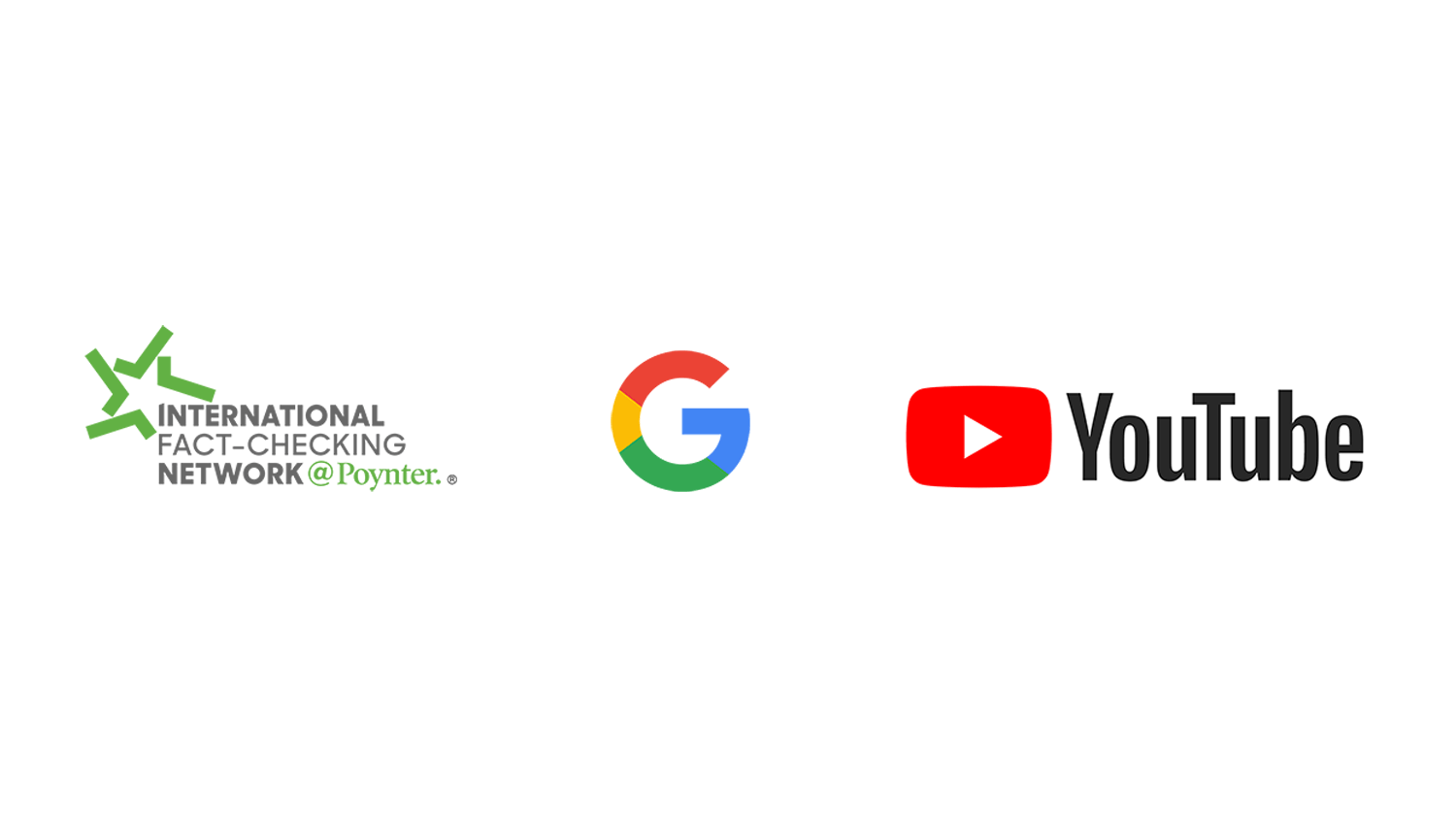The long-rumored merger of Gannett’s 110 dailies and GateHouse’s 156 was announced this afternoon by both companies. The deal will formally close by the end of 2019.
GateHouse is the acquiring partner, though it is choosing to operate the new company under the Gannett name and will preserve the USA Today brand.
The sale includes both cash and shares of the new company for Gannett stockholders, a price of $1.4 billion. Including Gannett debt of roughly $600 million that GateHouse assumes, the total value of the transaction is roughly $2 billion.
Read the memos that Gannett and GateHouse employees received on Monday afternoon
Mike Reed, chairman and CEO of GateHouse parent New Media Investment Group, will retain his title. Paul Bascobert, a former Bloomberg Businessweek executive, joins the new company as operating CEO.
“We believe this transaction will create value for our shareholders, greater opportunities for our employees, and a stronger future for journalism,” Reed said. “Gannett is an innovative, digitally-focused media and marketing solutions company with well-known brands worldwide.”
Both companies have had a difficult year, with shares sliding 30 percent or more since a high in January. The combination will increase the scale of two already large companies and offer many opportunities for consolidation and savings.
The companies also released results for the second quarter Monday.
GateHouse and New Media Investment had already spent more than $1 billion the last several years on acquisitions including papers in West Palm Beach, Florida; Austin, Texas; and Columbus, Ohio. It also bought the Morris and Schurz chains.
Gannett had grown by acquisitions, too, absorbing the Journal Communications and Scripps chains and individual titles like the Record of Bergen County, New Jersey.
But Gannett came up short in a yearlong effort to buy Tribune (then tronc). And it rejected an offer earlier this year from Media News Group, saying its financing and journalism standards were dubious.
The companies have both been focused on building a paid digital subscription base and have favored their metro titles while cutting back in the news staff of their many small local papers.
Putting together operations, especially at companies so large, is a cumbersome process, likely to take many months or even more than a year.
Among the biggest challenges: blending different content management systems and digital marketing services subsidiaries.
A number of top Gannett executives are likely to lose their jobs, and many more positions in business departments will disappear as consolidation takes root.
The impact on newsrooms is less clear. I would not expect reductions right away — but cuts related to weak revenues, combined with restructuring plans, may be on the horizon.
Reed has told me and other financial journalists that he is trying to preserve feet on the street to do significant reporting, while eliminating layers of editing to realize comparable expense reductions.
With today’s deal, Gannett finishes a long run as the nation’s leading regional newspaper company. Its legendary CEO Al Neuharth acquired dozens of newspapers beginning in the 1970s, started USA Today in 1982 and was the driving force behind the Newseum, a showcase for the First Amendment and the traditions of news organizations.
The Gannett name will live on, but the company stands to be fully reshaped as GateHouse puts its own way of doing things in place.
Want more media news like this? Sign up for one of our newsletters.
Clarification: This article was updated to clarify GateHouse’s role as the acquiring partner and the price of the sale.








As I read the quarter’s financials for Gannett, their profit was all from the gain on sale of buildings. Without that, offset of course by their restructuring cost, they barely broke even. That’s not a profit from expense reductions. Note that they slyly reduced the operating expenses by the gain on sale of property giving the illusion of more operating expense savings than they really had. You should correct your article.